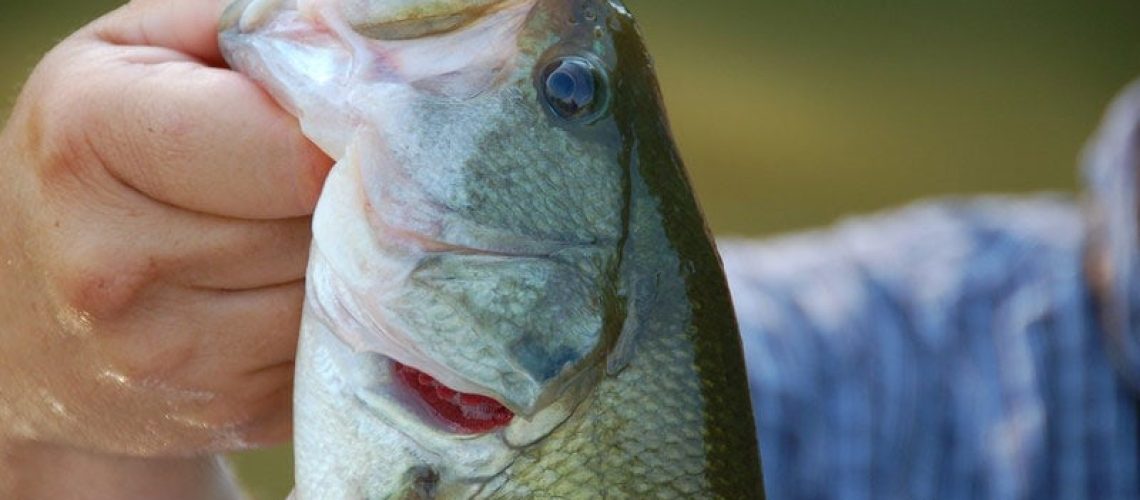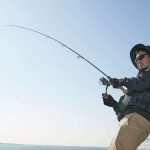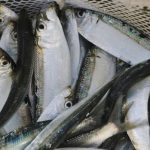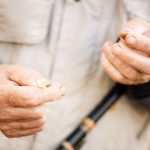Found across North America and much of the world’s freshwater systems, the Largemouth Bass is a favored sport fish. They take baits and lures forcefully and fight on the line frequently with leaps and deep dives. Fishing with lures is especially rewarding because they react to sound, sight, and scent stimulus and a variety of bait or lure presentations. There are distinct periods of behavior and levels of activity that reflect seasonal transitions, the early spring, the spawn phases, and the warm weather months. The main factors in Largemouth Bass transitions from spring to summer are water temperatures and the spawn.
The early spring has a notable transition from winter into early spring season. Body metabolism increases in proportion to water temperatures, and this causes more or less intense feeding. Early spring’s rising water temperatures stimulate feeding and the largemouth migrates from deeper waters into shallows. In early spring, they are probably more active on warm days, and in the warm parts of cooler days. Limited by sluggishness due still chilly conditions and low water temperatures, both male and female feed sparingly.
In the pre-spawn phase, both males and females migrate from deeper waters but react to cool water conditions. Found in medium to shallow depths, they hunt and eat but do not exhibit sustained activity or intensity. Fishing in this season, one would use slow moving lures and make stop and start presentations near structures. Largemouth Bass continue their slow migration from deeper water to shallows as temperatures reach approximately 50°F. As temperatures climb to 55-60°F, individuals begin to spawn.
During spawn, the male and female behaviors translate into different feeding and activity patterns. The males clear flat nesting areas and surround them with stones. The females lay eggs in the nest and then move off to deeper waters to rest. After the females deposit eggs, the male remains to guard the nest until hatching. During the spawn, males are territorial; they center on the nest. When guarding, the males will chase anything that nears the nest, they react particularly to spinner baits, and shallow running crank baits. Females rest after laying eggs and feed passively. Females hold in deeper waters showing low activity after laying eggs, they would be attracted to soft, slow moving baits. Their bite would be subtle and hard to detect.
The post spawn transition into summer is the last part of the spring to summer transitions. Females join males, and they move from deeper to shallow waters. As temperatures exceed 60° F, they begin to feast and fatten. They remain active as waters warm towards their ideal summer range of 75-80° F. As the top of the chain predators, they take all that nature offers to them. They are eager predators that take small fish and minnows of all species, and other prey including insects, small snakes, lizards, frogs, crayfish, and small mammals.
In the Northeast, with its shorter warm season, Largemouth rarely exceeds 6 lbs. These are large northern specimens; however, in southern waters, with a longer warm season, many more fish grow to the 6-8 lb range and beyond. A favorite for many anglers is top water bass fishing with dry flies or high riding lures such as minnows and surface popping baits. Ripping spinner baits is another popular method to cover large areas of water while taking advantage of Largemouth aggressive feeding habits and keen sense of sound. In silted and cloudy waters, anglers use the Largemouth’s sense of smell and sensitivity to sound vibration. Spinner baits, rattling baits, and jigs with scented soft plastics work well.
Yellow Bird Products
1803 Holian Drive
Spring Grove, IL 60081
815-469-9686





